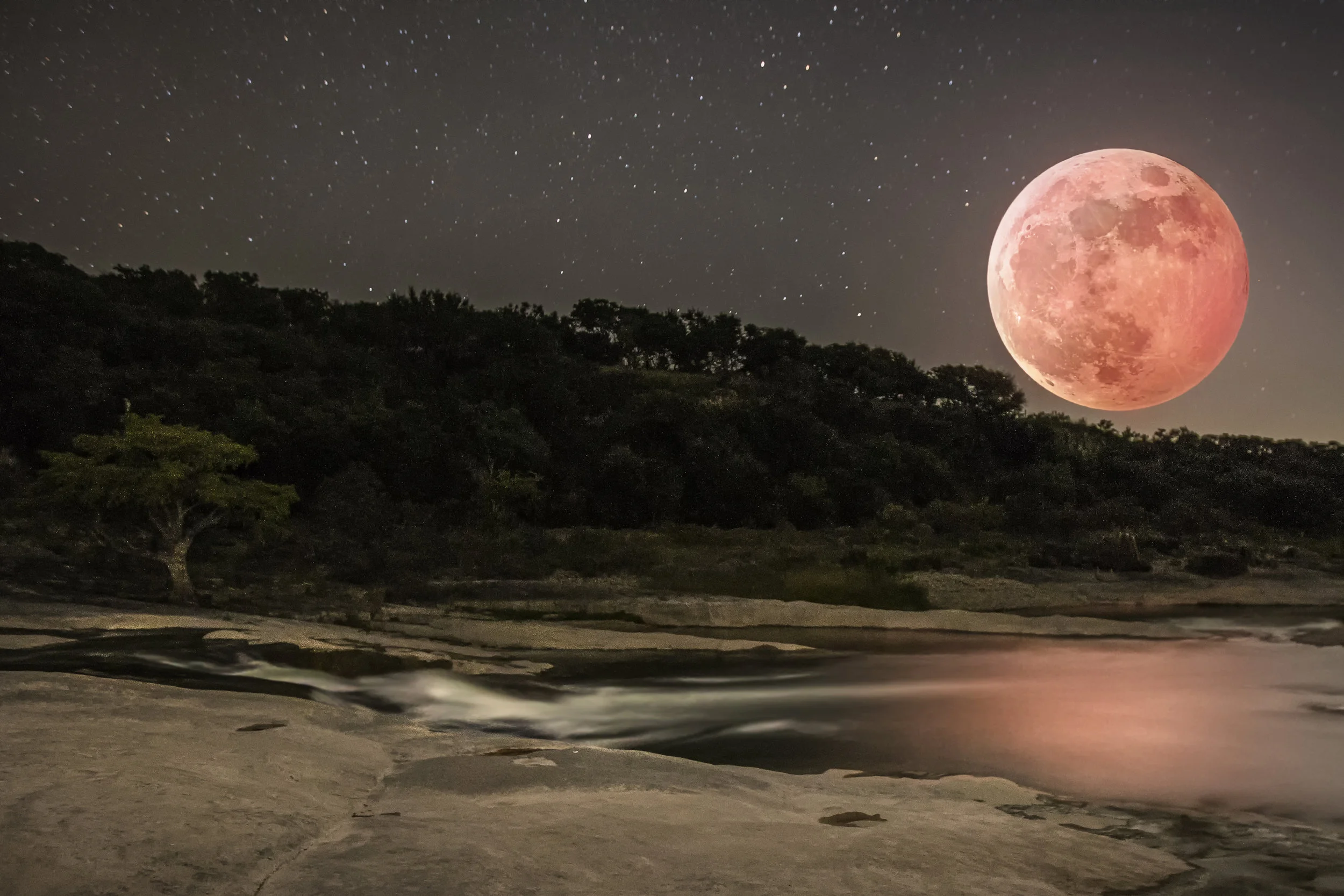Photographing Northern Lights can seem like a daunting task. Planning to shoot this phenomenon can require combining a little bit of astronomy with meteorology. You will need some clear skies. Looking at a basic local forecast, you wouldn't want to see more than 50% cloud coverage. If the forecast looks clear, get an aurora map and you will be good to go.
Viewing entries tagged
photograph
Everything You Need to Know to Photograph the Prolific 2016 Perseid Meteor Shower
The 2016 Perseid Meteor shower peaks this weekend and astronomers believe it could be a shower for the ages with rates up to 200 meteors per hour. Perseid meteors are small pieces of debris from the comet Swift-Tuttle. Usually Earth grazes the edge of this debris, but thanks to the gravitational pull of Jupiter, this year we will plow straight through the middle of it.
The galactic center of the Milky Way is beginning to be visible in the Northern Hemisphere before dawn, as it rises on the southeast horizon. It will retroactively be visible for longer durations as the year wears on through October, when it aligns closer with the sun and is no longer visible.
Shooting the Milky Way can be very challenging, yet rewarding. The following will teach you everything you need to know to go out and capture your own view of our galaxy.




